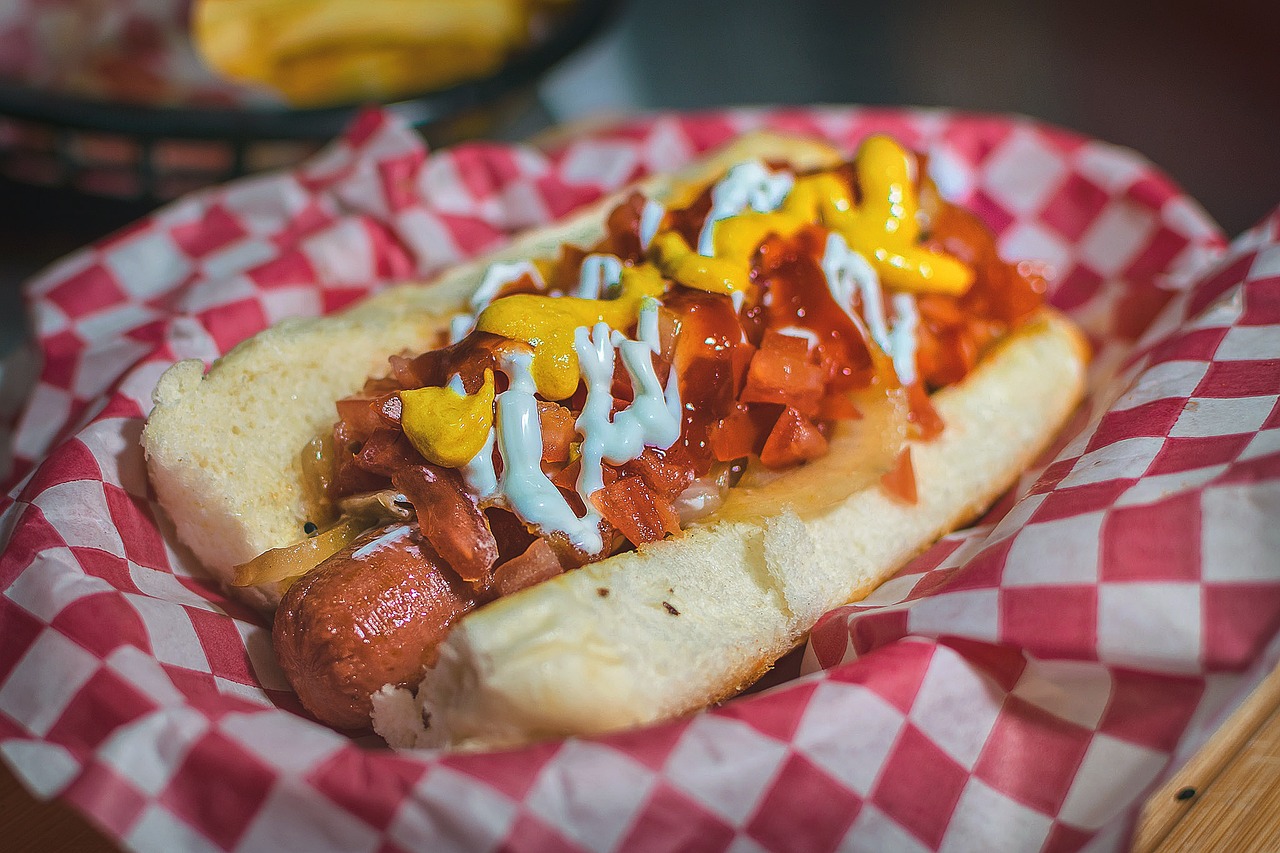- ACTIVITIES
Are You Smarter Than a 5th Grader?


The humble hot dog, a staple of American cuisine, has evolved from simple street food to a gourmet delight, captivating the taste buds of food enthusiasts and home cooks alike. This guide explores the best hot dogs available today, offering insights into their history, brand comparisons, and creative ways to enjoy them. Whether you’re planning a backyard barbecue or seeking to elevate your culinary repertoire, this comprehensive overview will help you choose the perfect hot dog for any occasion.

Hot dogs have a storied past, originating from German sausages brought to the United States by immigrants in the late 19th century. They quickly became popular street food, known for their convenience and affordability. Over time, hot dogs have transformed into a gourmet experience, with chefs and food artisans experimenting with high-quality ingredients and inventive toppings.
Several brands have become synonymous with hot dogs, each offering unique flavors and quality. Here’s a look at some of the most popular brands:
The choice between beef and pork hot dogs often comes down to personal preference and dietary restrictions. Beef franks are typically richer and have a more pronounced meat flavor, while pork hot dogs tend to be milder and slightly sweeter. Some brands offer mixed meat options, combining beef and pork for a balanced taste.
In recent years, artisan hot dogs have gained popularity, with chefs incorporating gourmet ingredients and unconventional flavors. These hot dogs often feature grass-fed beef, exotic spices, and organic casings, appealing to foodies seeking a more sophisticated dining experience.
Oscar Mayer’s legacy in the hot dog industry is unparalleled. Founded in 1883, the brand has been a pioneer in meat processing and marketing, introducing innovations like vacuum packaging and the iconic Wienermobile. Their commitment to quality and tradition has made them a go-to choice for generations of hot dog lovers.
Hebrew National’s dedication to kosher standards sets them apart in the hot dog market. Their rigorous quality control and use of premium cuts of beef ensure a product that meets both culinary and cultural expectations. This commitment has earned them a loyal following among those seeking both taste and tradition.
Fast food chains have embraced hot dogs, offering them as quick and convenient meal options. While these hot dogs are often more affordable, they can vary in quality. Chains like Sonic and Dairy Queen offer hot dogs that are generally well-received, but discerning palates may find them lacking compared to artisan or premium brand options.
Hot dogs are a canvas for regional culinary expression, with variations across the United States that showcase local flavors and traditions. Here are some notable examples:
Selecting the right hot dog for your barbecue can enhance the overall experience. Consider the following factors:

While traditional toppings like mustard and ketchup are classics, exploring creative options can transform your hot dog into a culinary masterpiece. Here are some ideas to inspire your next creation:
Understanding the production process of hot dogs can demystify their ingredients and reassure consumers about their quality. Most hot dogs are made from finely ground meat, seasoned with spices, and encased in natural or synthetic casings. Preservatives and flavor enhancers are often added to maintain freshness and taste. Brands like Oscar Mayer and Hebrew National emphasize transparency in their ingredient lists, providing consumers with confidence in their products.
For those seeking healthier options, the hot dog industry offers alternatives that cater to various dietary needs:

For the adventurous home cook, making hot dogs from scratch can be a rewarding experience. Start by selecting high-quality cuts of meat and grinding them to the desired texture. Season the mixture with your choice of spices and stuff it into natural casings. Smoking or steaming the hot dogs can enhance their flavor, and experimenting with different meat blends allows for personalized creations.
Grilling is a popular method for cooking hot dogs, imparting a smoky flavor and crisp exterior. Follow these tips for perfectly grilled hot dogs:
By exploring the rich history, diverse brands, and creative possibilities of hot dogs, you can enhance your culinary adventures and enjoy one of America’s most beloved foods in new and exciting ways.